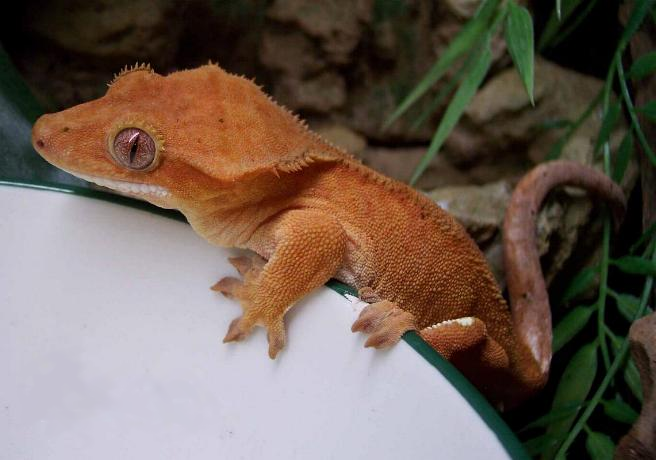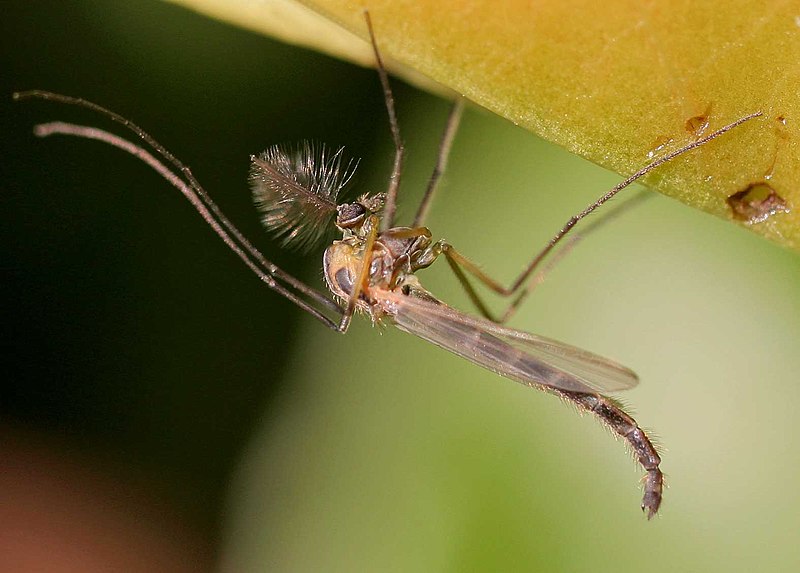This article is one of a series in which I plan to provide a brief introduction to both popular and rarely-kept amphibians, reptiles and invertebrates. I’ll cover such topics as unique habits in the wild, common concerns in captive care, pet pros and cons, husbandry tips and so forth. Detailed care articles will follow…until then, I would enjoy receiving your questions and comments. Today we’ll take a look at the most widespread of all North American Chelonians, the Painted Turtle (Chrysemys picta). Read More »
Category Archives: Reptile and Amphibian Health
Feed SubscriptionIntroducing the Nosy Be Gecko (or Spearpoint Leaf-Tailed Gecko) – Part 2
 Please see Part 1 of this article for information on an interesting newcomer to the pet trade, the Nosy Be Gecko (Uroplatus ebenaui). Today we’ll take a look at some related species and the gecko family in general.
Please see Part 1 of this article for information on an interesting newcomer to the pet trade, the Nosy Be Gecko (Uroplatus ebenaui). Today we’ll take a look at some related species and the gecko family in general.
Other Geckos in the Genus Uroplatus
All 12 species that have been assigned to the genus Uroplatus, collectively known as “Leaf-Tailed Geckos”, are endemic to Madagascar and considered threatened due to extensive deforestation. Cryptic colors, nocturnal ways and arboreal habitats render it likely that other species await discovery…hopefully before they disappear forever. Read More »
Live Bloodworms – An Important Food for Small Amphibians and Their Larvae
 Those of us who keep and breed small aquatic amphibians usually have a difficult time providing our pets with dietary variety. This is especially true as regards salamander larvae and other creatures that usually accept only live foods. In most cases, such animals must make do with the pet trade staples, Brine Shrimp and Blackworms. Today I’d like to introduce a useful aquatic food item that is popular with aquarists but often over-looked by herp keepers – the Bloodworm (Chironomus spp.).
Those of us who keep and breed small aquatic amphibians usually have a difficult time providing our pets with dietary variety. This is especially true as regards salamander larvae and other creatures that usually accept only live foods. In most cases, such animals must make do with the pet trade staples, Brine Shrimp and Blackworms. Today I’d like to introduce a useful aquatic food item that is popular with aquarists but often over-looked by herp keepers – the Bloodworm (Chironomus spp.).
Natural History
Bloodworms resemble, but are unrelated to, aquatic worms. Rather, they are the larvae of tiny flying insects known as Midges (often called “Gnats”) of the Family Chironomidae. They have long been sold in stores specializing in tropical fishes, and can also be ordered from internet dealers. Read More »
Egg Retention (Dystocia) in Turtles – the Problem and Some Solutions – Part 1
One of the most common and serious problems faced by turtle keepers involves female turtles (mated or unmated) that develop eggs but refuse to deposit them in the terrariums or aquariums in which they live. While this can be the result of any number of health problems (i.e. low calcium levels, tumors), the lack of an appropriate nesting site is more often than not the cause.
Retained Eggs
It’s very difficult to keep turtles, especially semi-aquatic and aquatic species, in an enclosure that allows for year-round access to a nesting site. Providing a terrestrial nesting site, as well as adequate swimming space, usually involves the use of a pool or pond as opposed to an aquarium. Read More »
Introducing the Nosy Be Gecko (aka Spearpoint Leaf-tailed Gecko), Part 1
The Nosy Be Gecko (Uroplatus ebenaui) is one of the most interesting recent newcomers to the pet trade. However, its unique appearance should not prompt you into a quick purchase, as we have a great deal yet to learn about its care. Today I’d like to review its natural history, as therein lay the key to its proper captive care. In Part II of this article we’ll look at some of \this lizard’s interesting relatives. Read More »
 That Reptile Blog – Reptile, Amphibian and Exotic Pet Care and Information
That Reptile Blog – Reptile, Amphibian and Exotic Pet Care and Information
